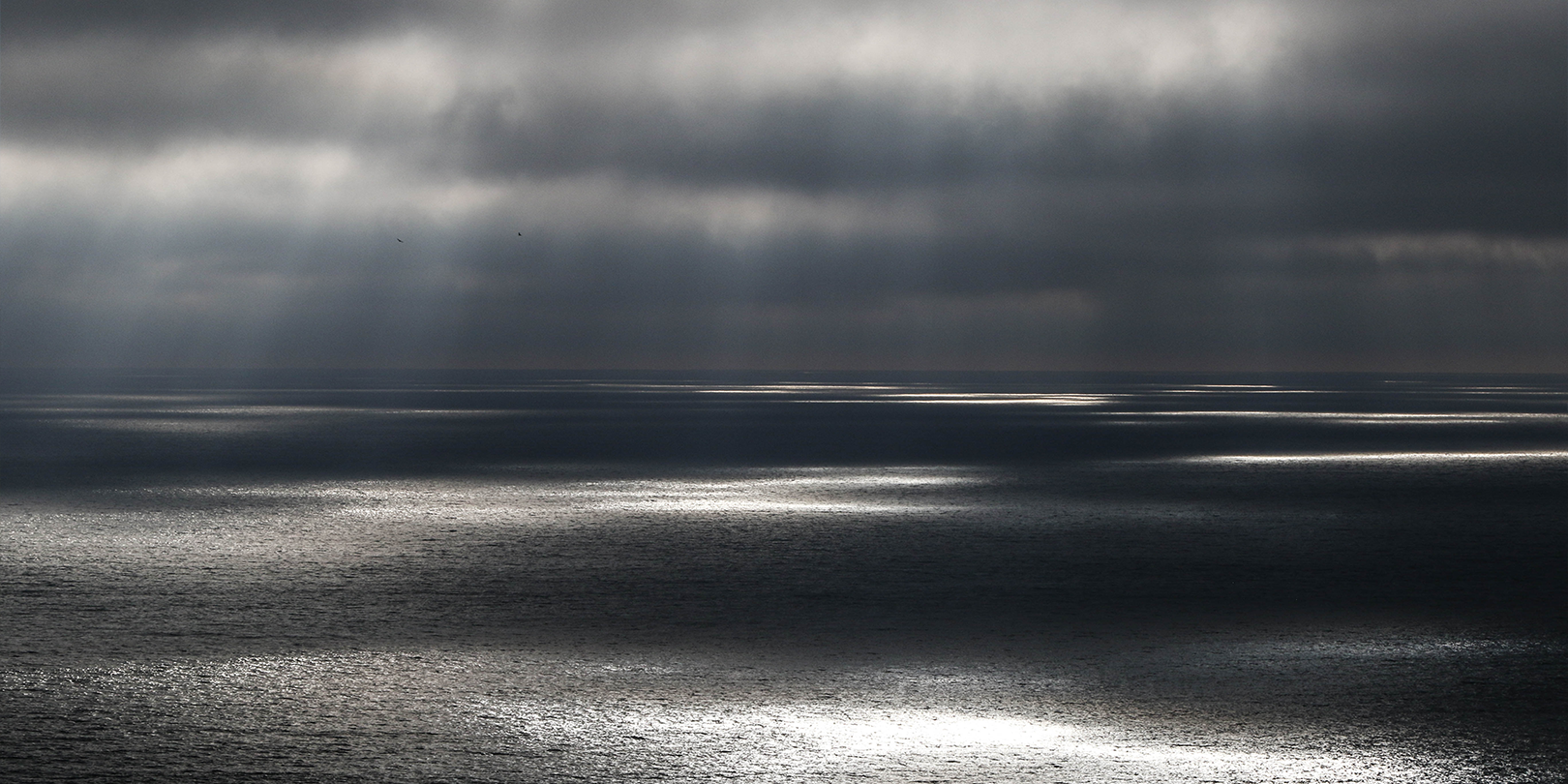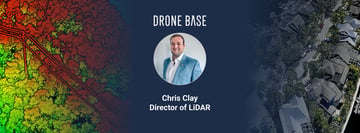Note: For DroneBase Missions, pilots must fly only in weather conditions acceptable for the mission. Per our Mission Shot Lists and pilot directions, we also discourage the use of filters or any other editing.
For every drone pilot, the fickle forces of nature can be a friend one minute and an enemy the next. Changing weather conditions could make or break a shoot, literally blowing a mapping mission off course or putting a dampener on a sunset flight.
Below are a few tips for dealing with challenging weather conditions and getting the most from your drone despite the wind, rain and sun.
Wind
All of the decent photography drones on the market are designed to operate in breezy conditions. Manufacturers understand that clear, calm days only come around so often. So to an extent, they have developed products to withstand the wind. The Phantom 4 and and Inspire 2, for example, are stated by DJI to be able to handle winds of 10m/s (22 mph).
But this is where the industry’s recent tendency towards smaller drones counts against pilots. Compact, lightweight models such as DJI’s Mavic Air and Spark are designed to be convenient and portable, so it’s natural that they don’t stand up to wind as well as the bigger Phantom or Inspire models, for example. With a smaller drone, your stability could be compromised. There’s only so much that a gimbal can do to counteract that.
So choosing the right gear is a must if you’re expecting a windy shoot.
After that, the most important thing to factor in when flying in strong winds is the impact they will have on your battery life. Your drone has to work harder to get from A to B and to hover in place, so be sure to take more spare batteries and consider planning routes that account for the wind’s direction to save power.
Rain
Pilots already tend to avoid wet weather. Gray skies and dim conditions don’t offer the kind of lighting or mood most aerial photographers are keen to capture. Plus a single drop of water on the camera lens will quickly render your footage unusable.
But filming aside, drone technology hasn’t evolved to the point where performance, portability, camera quality and weatherproofing come together in the same package. The waterproof/water resistant drones available on the market are highly specialized and have drawbacks that mean they probably won’t appeal to most amateur and professional pilots.
So there are two solutions to pilots who need to fly in the rain. First and most obvious: don’t. Because the electronics of most drones are somewhat exposed to the elements, a flight in the rain could come to an abrupt and costly end.
But sometimes there’s only a small window in which a flight has to take place, and you’ve got to accept the risk. In this scenario, we’d recommend trying out some accessories designed to keep your drone safe from water damage. These include the Phantom Rain Wetsuits, designed to keep DJI's latest Phantom drones dry in stormy conditions.
But remember: The vast majority of drones aren’t designed to work in wet weather. And in some cases, warranties will be void if damage is caused when flying in conditions the drone was never intended for. You’re better off waiting until the skies clear up.
Sun
It may seem counterintuitive, but sometimes the sun is your worst enemy as a drone pilot. Conditions that are too bright or that fluctuate between cloudy and sunny at short intervals are challenging for aerial photographers.
Constant shifts in the light conditions can also make it difficult to map terrain with consistency – something you can read more about here.
From a creative perspective, pilots might want to consider using neutral density filters when it’s bright out. Useful for shooting in full sun or snowy conditions, ND filters tone down the brightness to provide more flexibility with the rest of your aerial camera settings.
Sometimes the best time to fly is right after challenging weather conditions have subsided. Check out our post on gearing up for the Spring inspection season, here.





